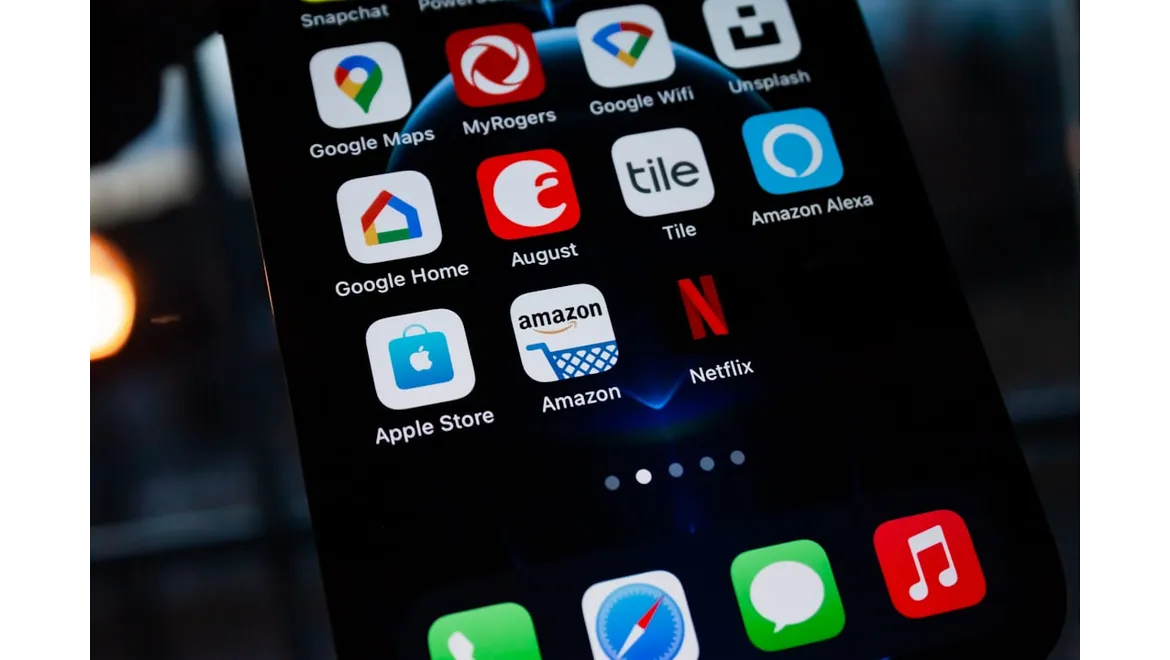When I sat down with Emma Rodriguez, a seasoned digital marketing strategist specializing in Amazon Search Engine Marketing (SEM), I anticipated an enlightening discussion. Emma’s vast experience managing SEM campaigns for various brands made her an ideal source to unravel the complexities of cost-per-click (CPC) rates and strategic approaches for sponsored products and brands on Amazon.
Emma welcomed me into her vibrant, bustling office, where her desk, adorned with notepads filled with campaign notes and a dual-monitor setup displaying data dashboards, reflected the fast-paced world of digital marketing.
“Amazon SEM is a dynamic field,” she began, her enthusiasm palpable. “It’s not just about bidding for the top spot; it’s about understanding the ecosystem and leveraging it to your advantage.”
We dove right into the core of our discussion—CPC rates. Emma elucidated that CPC rates on Amazon can vary significantly due to multiple factors, including competition, product category, and keyword relevance. “For instance,” she explained, leaning forward, “if you’re in a highly competitive niche like electronics, you can expect higher CPC rates because more sellers are vying for those top spots. Conversely, niche markets with less competition might see lower CPC rates.”
But competition isn’t the sole factor. Emma emphasized the significance of keyword relevance. “Amazon’s algorithm prioritizes ads that are more likely to convert. So, if your product listing is highly relevant to the keywords you’re targeting, you might enjoy lower CPC rates even in competitive categories.”
Emma then delved into her strategies for managing costs and maximizing returns for sponsored products. She underscored the importance of meticulous keyword research and continuous optimization. “Sponsored products are the bread and butter of Amazon SEM,” she stated. “Start with a broad match strategy to cast a wide net and gather data on which keywords perform best. Then, refine your approach by shifting to phrase and exact match keywords. This helps in focusing your budget on high-converting keywords.”
She also stressed the importance of negative keywords. “By identifying and excluding keywords that don’t perform well, you can prevent wasted spend and improve your overall ad performance.” Regular monitoring and adjustments are crucial, she added, noting that “Amazon’s marketplace is dynamic. What works today might not work tomorrow. You need to stay on top of your campaigns, adjust bids, and update keywords regularly.”
Our conversation then transitioned to sponsored brands, which present a distinct set of opportunities and challenges. Sponsored brands ads, Emma explained, are ideal for building brand awareness and driving traffic to a range of products. “Sponsored brands ads appear at the top of search results, making them prime real estate,” she noted. “They can be more expensive than sponsored products, but they offer a unique branding opportunity.”
Emma recommended focusing on creating compelling ad creatives. “Your headline and logo should be eye-catching and relevant. The goal is to capture the shopper’s attention and drive them to your brand’s store or a custom landing page.” She also shared a tip on leveraging Amazon’s store insights. “Use the data from your brand’s store to understand shopper behavior. Which products are they viewing? What are they buying? This information can inform your ad strategy and help you optimize for better performance.”
Balancing costs and returns is a perpetual challenge in SEM. Emma emphasized the importance of setting realistic goals and budgets. “Don’t fall into the trap of overspending in pursuit of top ad placements,” she advised. “Focus on return on ad spend (ROAS). It’s better to have a high ROAS with a lower spend than to blow your budget for minimal returns.”
She also highlighted the value of testing and learning. “Every campaign provides valuable data. Use that data to experiment with different strategies, ad formats, and bidding techniques. The goal is to find the sweet spot where your ads are both cost-effective and high-performing.”
As our conversation drew to a close, it became evident that success in Amazon SEM requires a blend of strategic thinking, data-driven decision-making, and continuous optimization. Emma’s insights provided a comprehensive roadmap for navigating the complex landscape of CPC rates and ad strategies on Amazon.
“Remember,” she concluded with a smile, “Amazon SEM is a marathon, not a sprint. Stay patient, stay informed, and keep optimizing.”
Walking away from the interview, I felt equipped with a deeper understanding of Amazon’s search engine marketing costs and strategies. Emma’s expertise and practical advice offer a valuable guide for anyone striving to succeed in this competitive arena.











